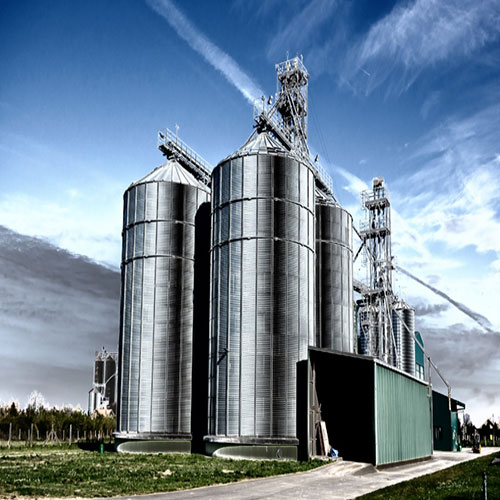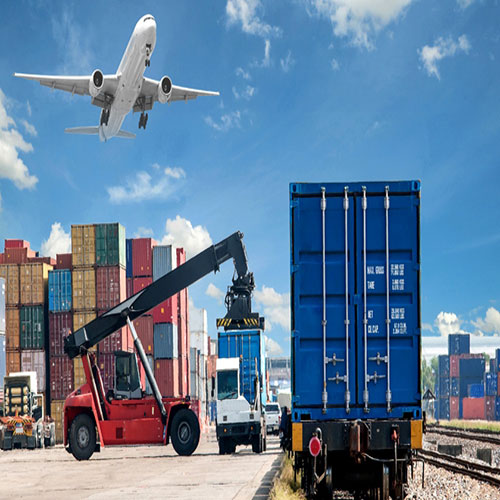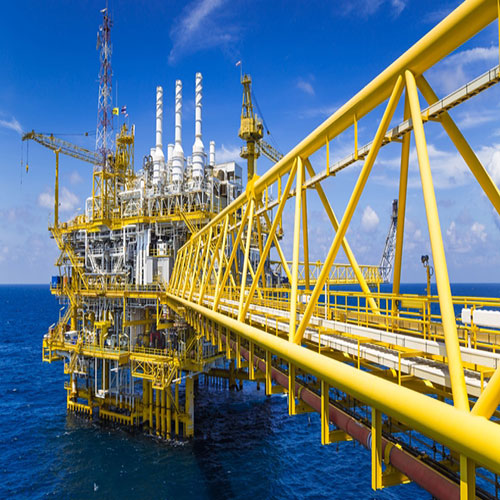Oil & Gas

Oil & Gas
According to the Special Report on Oil "FOB Singapore Beyond Singapore - Towards FOB Straits" by Platts (August 2014), Singapore's current total storage capacity stands at 20.5 million cubic meter, including more than 10 million cubic meter of commercial storage, complementing the oil trading hub's refining capacity of close to 1.4 million barrels per day. However, further growth of Singapore's storage terminal market is expected to be curtailed by limited waterfront land availability. Government authorities of the land-scarce city have indicated a shift in priority to the higher value chemicals manufacturing sector, and have said they will no longer allocate any land for oil storage. In fact, the next, and perhaps last, major storage project in the city has moved below ground - the Jurong Rock Caverns came online in 2015.
Capitalizing on flows of oil to and from the Southeast Asian region, the Malaysian government has announced plans to build close to 10 million cubic meter of oil storage by 2020. Pengerang Maritime Industrial Park is the next best alternative location for any further oil, gas and chemical storage developments. Leveraging on its other key attributes such as direct access to Malacca Straits and presence of natural deepwater, Pengerang Maritime Industrial Park with its ample landbank to be reclaimed is poised to be an attractive destination to accommodate the region's demand for storage facilities for the purpose of transhipment, make bulk and break bulk.
According to the BP Statistical Review of World Energy 2016, Malaysia is also a leading oil & gas centre in Asia with proven oil reserves of 3.6 billion barrels as at end of 2015, making it the fifth largest in the Asia Pacific region. Malaysia also has substantial gas deposits and exports a total of 1,231 billion cubic feet of dry natural gas in the year 2014, based on the statistical review by the U.S. Energy Information Administration (EIA).
With easy access to these natural oil & gas resources, other upstream and midstream oil & gas developments which are suitable to take place at Pengerang Maritime Industrial Park includes:
- Oil refineries
- Liquefied Nitrogen Gas (LNG) storage and regasification plants
- Gas Crackers and Petrochemical Plants
- Petroleum Support Services Hub
Ongoing Trend For The Energy Sector Of Malaysia
Malaysia's energy demand will almost double between today and 2040, with rising contributions from all energy sources.
Fossil fuels remain dominant in Malaysia's energy mix, with its share still projected to exceed 90% by 2040, although the hierarchy changes. Coal demand increases by more than a factor of three over the projection period, overtaking both oil and gas to become the primary fuel in the country's energy mix. Oil demand is projected to rise to about 1 million barrels per day by 2040, while the growth in natural gas demand slows.
Demand for renewables more than doubles by 2040, with their share of electricity generation rising to 16%, underpinned by strong policy support.
Malaysia's role in international markets shifts as the country becomes increasingly dependent on oil and coal imports, while natural gas exports fall back.
Source: Southeast Asia Energy Outlook 2015, by International Energy Agency (IEA)








